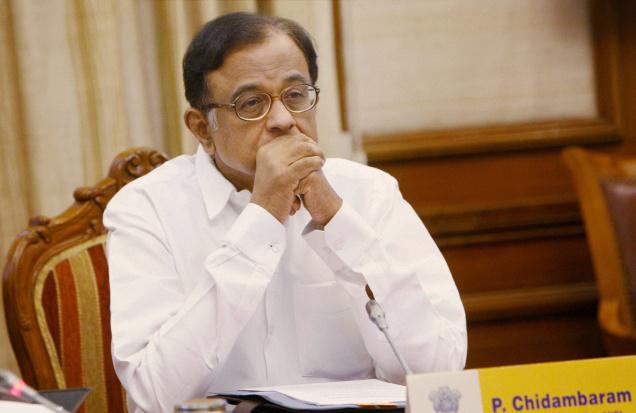 New Delhi, June 28;Defending the almost doubling of natural gas prices from the present $ 4.2 mbtu to $ 8.4 mbtu, Finance Minister P. Chidambaram on Friday hinted at power and fertiliser sectors getting some form of subsidy to cushion the massive hike in price of gas to protect the consumers from a huge financial burden from April 2014.
New Delhi, June 28;Defending the almost doubling of natural gas prices from the present $ 4.2 mbtu to $ 8.4 mbtu, Finance Minister P. Chidambaram on Friday hinted at power and fertiliser sectors getting some form of subsidy to cushion the massive hike in price of gas to protect the consumers from a huge financial burden from April 2014.
Mr. Chidambaram said, “At the moment we are fixing only output prices — the price payable to gas producers. This will indeed have impact on the consumer, but those prices are not being fixed today. The price power and fertiliser companies will pay for gas are not being fixed now. What is the price at which it should be supplied to a power plant, to a fertiliser plant in order to make power affordable, fertiliser affordable. That can still be decided between now and April 1.”
The Finance Minister said the government was conscious of keeping power and fertiliser prices low. “It could be tweaking prices or it could be bearing additional subsidy. There are various methods but at the moment we are not addressing those issues”, he remarked.
Briefing journalists in New Delhi about the decision of the Cabinet Committee on Economic Affairs (CCEA) to hike gas prices based on the Rangarajan Committee formula from April 1, 2014, Mr. Chidambaram said the move to hike the gas prices, almost double them, was taken in view of dramatic decline in investments in oil and gas sector due to absence of remunerative prices resulting in dip in production which had to be made up for by importing expensive liquefied natural gas (LNG). It was after an unusually long meeting, which also saw some Ministers raising objections on the gas price hike, the CCEA approved it approved pricing of all domestically produced natural gas at an average of the cost of imported liquid gas (LNG) on long-term contract and international gas benchmarks.
According to the Rangarajan committee formula, gas rates will change every quarter based on average imported cost and international hub rates and this formula would be valid for five years. The Power and Fertiliser Ministers had vehemently opposed the gas price hike pleading it would lead to cost of generating electricity spiking to Rs. 6.40 per unit from Rs. 2.93 and nearly Rs. 9,000 crore per annum rise in cost of urea output.
He said in absence of remunerative prices, no investment has been made in domestic exploration and production, resulting in fall in natural gas production from 143 million standard cubic metres per day in 2010-11 to 111.44 mmscmd in 2012-13, which in turn meant shape rise in imports of LNG which was expensive. “Only way to correct this is to give reasonable price which will attract this investment. For every unit of gas that we do not produce, it does not mean we are not consuming that gas. We are importing that one unit”, he added.
Elaborating further, he said imported gas price was three times the domestic gas rate and importing gas was unsustainable for Indian economy. “The choice is to live without gas or to produce gas because third alternative to import is simply not sustainable”, he said. The new price will apply uniformly to all producers, be it state-owned or private sector companies. While it was previously said the new rates would apply to regulated or APM gas produced by firms like ONGC immediately, the pricing as per the Rangarajan formula will come into effect from April 1, 2014, just when RIL’s KG-D6 formula of $ 4.2/mmBtu runs out. The Rangarajan formula would be applicable for five years.
